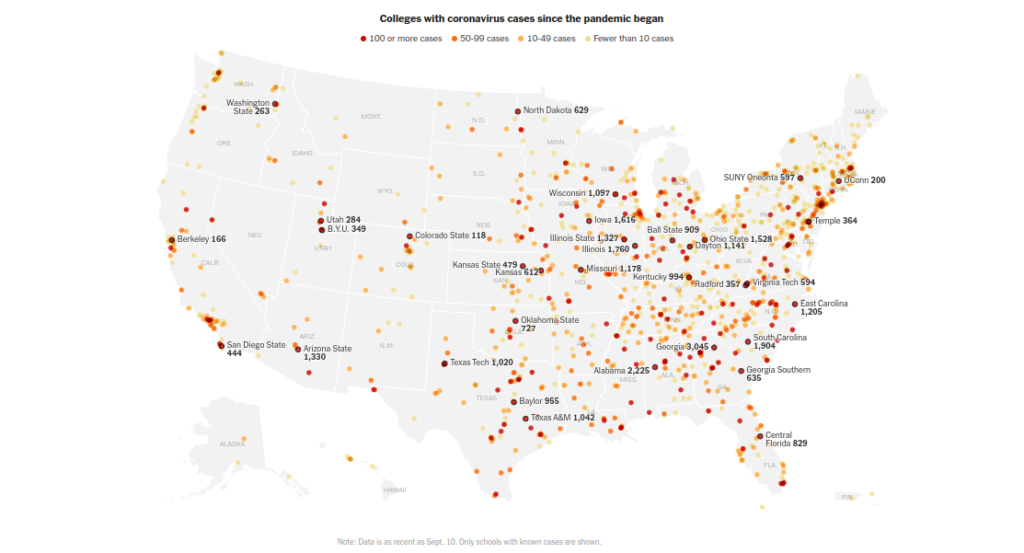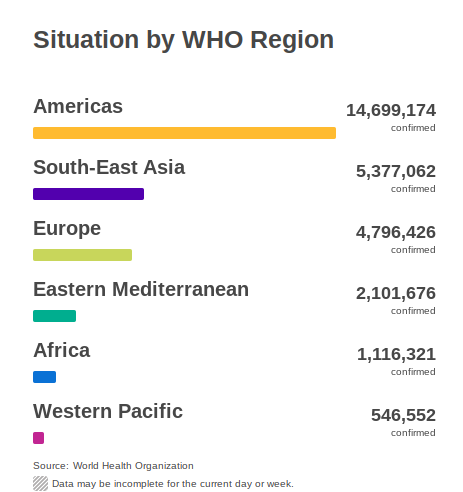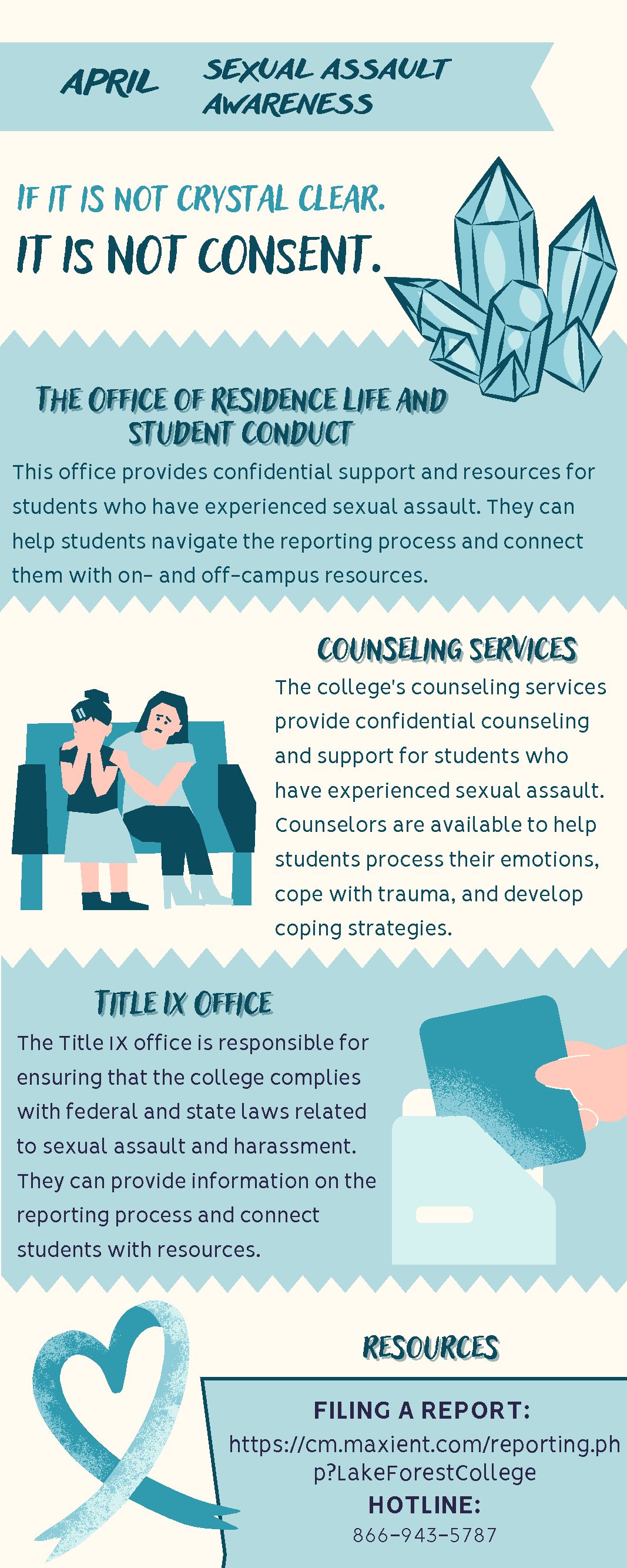The Article below was published in Vol. 136, Issue 1 of the Lake Forest College Stentor on September 18, 2020.
Jovana Jovanovska ’23
Staff Writer
In the last few months, people across the country and around the world have experienced mandatory quarantines, new social distancing procedures, wearing face masks, the shift to working from home, and the transition to remote learning. Zoom meetings have become a regularity and the simple act of hugging our friends and family has been put on hold. Families, companies, colleges, and countries are developing strategies on how to handle the virus while still being able to return to some kind of normalcy. Some countries have relaxed their measures due to a decrease in new cases, whereas other countries have experienced surges in cases recently.
According to the Centers for Disease Control and Prevention (CDC), there are 6,427,058 cases and 192,388 deaths in the United States as of September 12, 2020. The highest number of cases are found in California, Texas, and Florida. These three states have had the highest number of cases since the pandemic has started, but also the highest number of cases based on data from the last seven days. Focusing on cases per 100,000 people, cases are the highest in Louisiana, Florida, and Mississippi.

Within the Midwest region, Illinois is the state with the most COVID-19 cases, followed by Ohio and Michigan. Illinois is the fifth most-affected state in the country, with 261,371 confirmed cases and 8,309 deaths as of September 13, 2020, according to the Illinois Department of Public Health. Specific to the City of Lake Forest, based on data from the Lake County Health Department, as of September 11, 2020, the average percentage of positive COVID-19 tests in the past seven days in Lake Forest was 2.34 percent.

Globally, The World Health Organization (WHO) reported that as of September 13, 2020 there have been 28,637,952 cases and 917,417 deaths. Regionally, the highest number of confirmed cases can be found in the Americas (14,699,174), followed by Southeast Asia (5,377,062) and Europe (4,796,426). The region least affected by COVID-19 is the Western Pacific region, which includes 27 countries such as Japan, Australia, New Zealand, China, Mongolia, South Korea, the Philippines, and Vietnam, and has 546,552 confirmed cases.

Over summer break, colleges across the United States were planning for varying versions of an in-person, hybrid, or remote fall semesters. Meanwhile, WHO warned that young people are the ones that are mainly spreading the virus, and, as a result, are risking the lives of those most vulnerable to the virus. Despite WHO’s warnings, many colleges across the United States decided to open up for the semester rather than engage in remote learning. According to the College Crisis Initiative at Davidson College, a data project aimed at understanding how colleges “innovate in a crisis mindset,” as of September 9, 2020, of the approximately 3,000 colleges, community colleges, and universities in the United States that have disclosed their Fall 2020 plans for academic instruction, 301 institutions, including Lake Forest College, are fully online. Additionally, 1,001 institutions are primarily online, 681 are primarily in person, and 114 are fully in person.
As a consequence of the decisions to reopen, most of these institutions have also experienced a surge in cases soon after their openings. Based on data from The New York Times, as of September 10, 2020 there have been more than 88,000 confirmed cases at more than 1,190 colleges in the United States since the pandemic began. Higher education institutions in Texas have had the most cases in the United States, with 8,543 confirmed cases at 73 schools across the state. Locally, Illinois State University with 1,327 cases and the University of Illinois at Urbana-Champaign with 1,760 cases top the list of COVID-19 cases on Illinois college campuses.
In a New York Times article published on September 11, 2020, Dr. Anthony Fauci, one of the world’s leading experts on infectious disease, shared information about the ongoing COVID-19 pandemic. According to the article, Fauci shared that those living in the United States will probably not see a return to normal until “well into 2021, maybe even towards the end of 2021.” Commenting on the timeline of a vaccine, he noted that “by the time you mobilize the distribution of the vaccinations, and you get the majority or more of the population vaccinated and protected, that’s likely not going to happen till the mid or end of 2021.”



